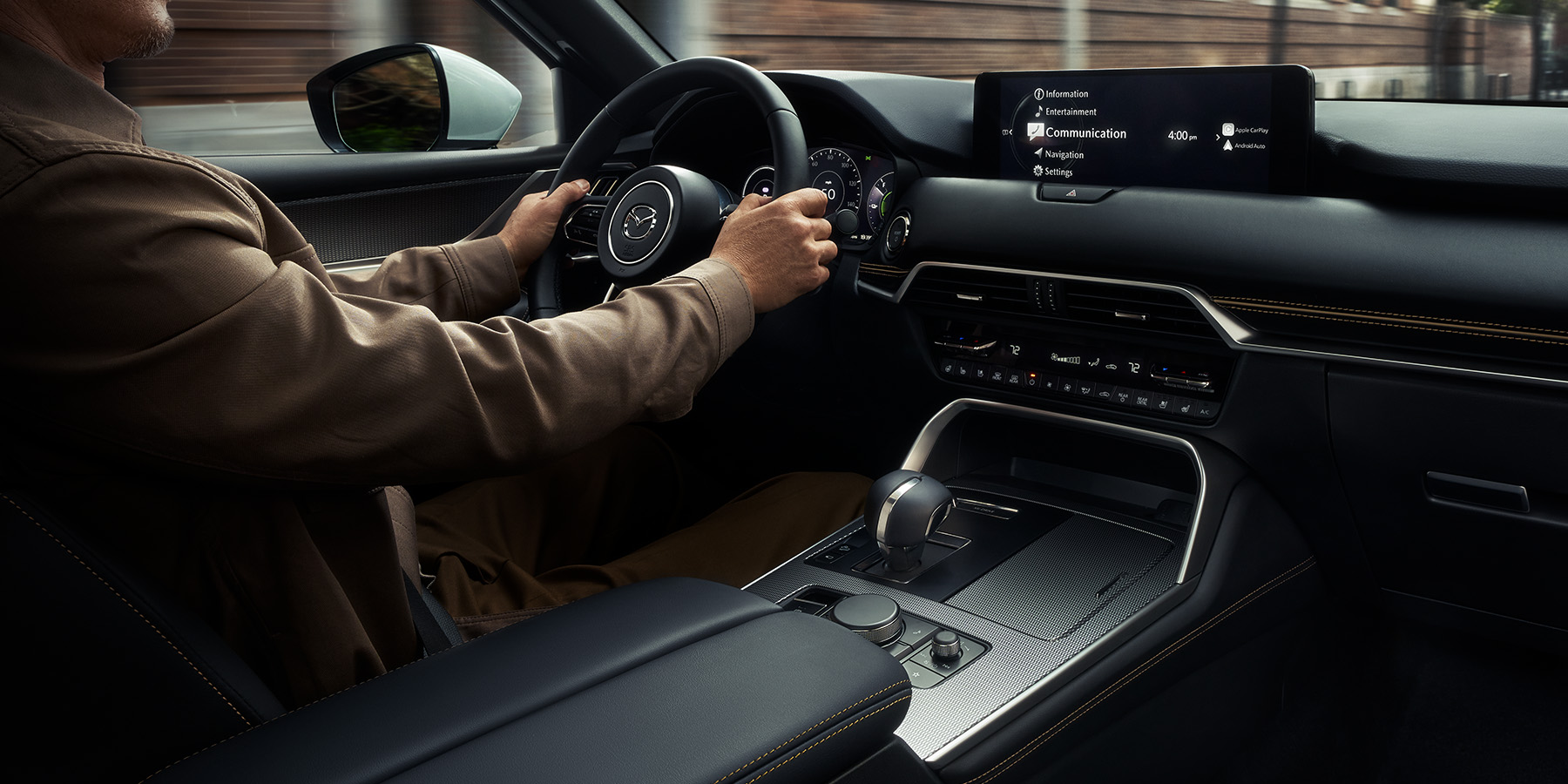
Multi-zone climate control systems in vehicles offer individualized comfort settings for passengers, allowing them to customize temperature and airflow according to their preferences. This article explores the functionalities, benefits, challenges, and future trends of multi-zone climate control, highlighting its impact on enhancing passenger comfort and driving experience.

Understanding Multi-Zone Climate Control:
Multi-zone climate control systems enable independent temperature regulation for different zones or sections within the vehicle’s cabin. Unlike traditional single-zone systems that control the entire cabin with a single temperature setting, multi-zone systems divide the cabin into separate zones, typically front and rear areas, each with its own set of controls.
Functionality and Features:
- Zone Segmentation: Multi-zone climate control divides the vehicle cabin into distinct zones, such as driver-side, passenger-side, and rear-seat areas. Each zone features its own set of controls, typically including temperature adjustment, fan speed, and airflow distribution.
- Independent Control: Passengers in each zone can adjust temperature settings individually without affecting other zones. This allows for personalized comfort preferences, accommodating varying temperature preferences among passengers in different seating positions.
- Automated Climate Control: Advanced multi-zone systems may incorporate sensors to monitor cabin temperature, humidity levels, and sunlight exposure. Based on sensor data, the system can automatically adjust climate settings to maintain a comfortable interior environment.
Benefits of Multi-Zone Climate Control:
- Personalized Comfort: Multi-zone climate control enhances passenger comfort by allowing individuals to set their preferred temperature and airflow settings independently. This customization reduces discomfort caused by temperature disparities between different areas of the cabin.
- Flexibility for Passengers: Rear-seat passengers, particularly in vehicles with three-row seating configurations, benefit from dedicated climate controls tailored to their seating area. This ensures consistent comfort throughout the vehicle, regardless of seating position.
- Enhanced Driver Focus: By enabling passengers to manage their own comfort settings, multi-zone climate control reduces the driver’s need to adjust settings for rear-seat passengers, minimizing distractions and promoting safer driving conditions.
- Climate Management Efficiency: Multi-zone systems optimize energy efficiency by directing airflow and adjusting cooling or heating output based on specific zone requirements. This targeted approach reduces energy consumption compared to uniformly cooling or heating the entire cabin.
Challenges and Considerations:
- System Complexity: Multi-zone climate control systems may be more complex to operate and maintain compared to single-zone systems, requiring periodic calibration and potential troubleshooting for optimal performance.
- Integration with Vehicle Design: Implementing multi-zone climate control systems necessitates careful integration with vehicle design and cabin architecture to ensure consistent airflow distribution and temperature regulation across all zones.
- Cost Considerations: Vehicles equipped with multi-zone climate control systems may incur higher manufacturing costs, potentially influencing vehicle pricing and affordability for consumers.
Future Trends in Multi-Zone Climate Control:
- AI and Predictive Climate Control: Future systems may integrate AI algorithms and predictive analytics to anticipate passenger preferences based on historical data, environmental conditions, and individual profiles. This proactive approach enhances comfort and energy efficiency.
- Health and Wellness Features: Advanced climate control systems may incorporate air quality sensors and filtration technologies to monitor cabin air quality and reduce allergens, pollutants, and odors for enhanced passenger well-being.
- Smartphone Integration: Integration with smartphone apps or digital assistants may enable remote climate control management, allowing users to pre-condition the vehicle’s interior temperature before entering, optimizing comfort during all weather conditions.
Conclusion:
Multi-zone climate control systems represent a significant advancement in automotive comfort technology, offering individualized temperature and airflow settings tailored to passenger preferences.

As these systems evolve with AI integration, predictive capabilities, and enhanced connectivity, they will continue to redefine passenger comfort and driving experiences by providing personalized climate management solutions. Embracing innovation and addressing integration challenges will be key to unlocking the full potential of multi-zone climate control in enhancing automotive comfort, efficiency, and overall passenger satisfaction globally.





